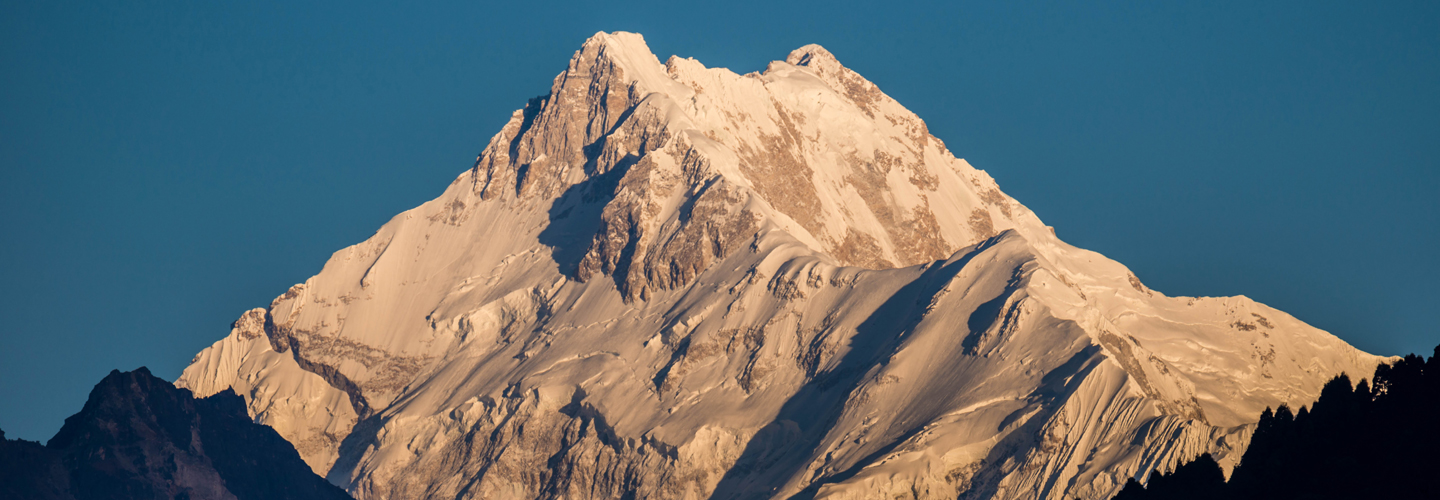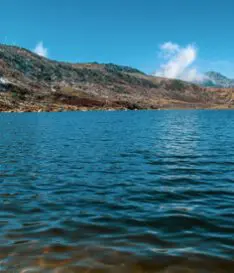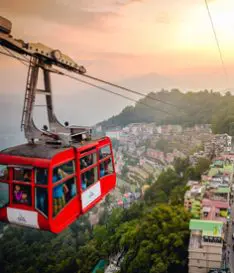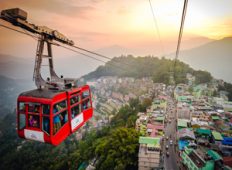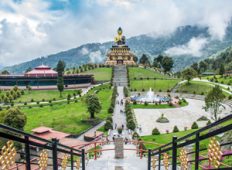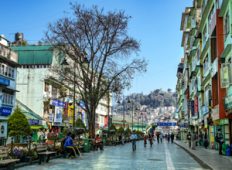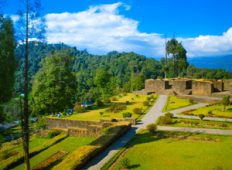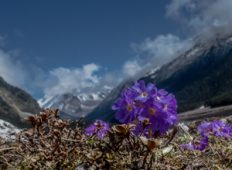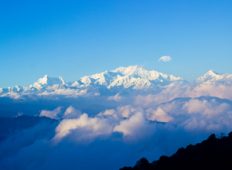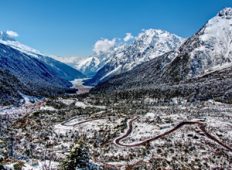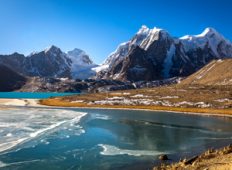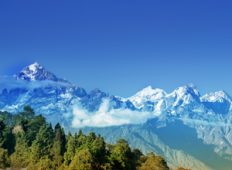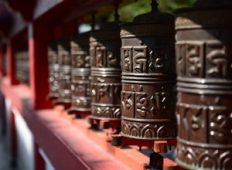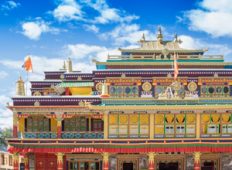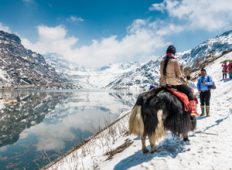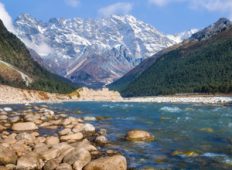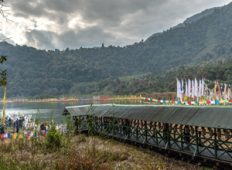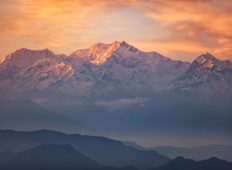KHANGCHENDZONGA NATIONAL PARK (KNP)
Why Should I Go
Also known as the Kanchenjunga Biosphere Reserve, this park is the epitome of natural splendour. Recently inducted into UNESCO’s World Heritage Sites list, KNP is one of a handful of high-altitude national parks in the country. Besides Mt. Kanchenjunga, third highest peak in the world, that towers over the park and its surroundings, the area encompasses fantastical glaciers, pristine lakes, lush valleys and a variety of endangered flora and fauna.
Explore Lake Menmecho where coniferous trees surround the waterbody adding to its magical allure; stare in awe at the sharp crevices of Mt. Rathong wait patiently for the fog to lift and witness the 26km-long Zemu Glacier, one of the largest in the continent; the Famrong Waterfall falls with otherworldly graceful intensity, and the guardian of the park, Mt. Kanchenjunga sits silently surveying her children.
The geographical wonders mentioned above are just a few of the natural sights of KNP. If you’re trekking in the area, keep an eye out for the Himalayan blue sheep, the Asiatic wild dog, red pandas, and musk deer, to name a few. If you’re really lucky a snow leopard sighting will surely make your day. KNP is birdwatcher heaven what with the recently discovered Himalayan Forest Thrush and a plethora of endemic avifauna like the Tibetan snow cock, Himalayan griffon, satyr tragopan, bearded vulture, among others.
How Do I Get There
If you’re flying in, your only option is Bagdogra Airport. Gangtok, the capital of Sikkim, is a 4-hour drive away.
The New Jalpaiguri (NJP) railway station is well-connected with trains arriving from Kolkata, Guwahati, New Delhi and other major Indian cities. From NJP, a 4-hour drive will get you to Gangtok.
Kanchenjunga National Park is around 50kms from Gangtok.
The journey to KNP is all about ‘the road less travelled.’ While the ride is bumpy, the natural beauty of the park makes it all worthwhile.
The historical town of Yuksom (145 km from Gangtok) is a popular trekking start-point. Treks from here can vary depending on where in KNP you’d like to go. Yuksom to Dzongri is a popular trekking route and from Dzongri Base Camp you can walk along the Rathong-Khangerteng route.
When Should I Land Up
Most travellers plan their KNP trip in the summer, between the months of March and May. The median temperature hovers around 10°C that makes for clear skies, spectacular mountain views and pleasant treks.
However, there is something magical about viewing the Kanchenjunga, its surrounding mountains, and the frozen lakes in winter. Covered in a blanket of snow with sub-zero temperatures, the Kanchenjunga National Park transforms into winter wonderland from October to February. Make sure you carry heavy woollens to brave the piercing cold. Between June and September heavy rainfall makes trekking an impossible venture and you should not plan your trip to KNP during these months.
Travel Tips/Do’s And Dont’s
If you’re a foreign traveller don’t forget to apply for a permit if you want to trek all the way up to Zemu Glacier and other surrounding areas. Indian Nationals require an Inner Line Permit to do the same.
While trekking, stick to permitted nature trails.
Do not litter the sanctuary or pollute the biosphere. Non-biodegradable items should be carried back from your trek and disposed of properly.
Do no pluck flowers or saplings along the way. Also, if you do witness animal sightings, make sure you stay quiet and keep from harassing the creatures.
The Kanchenjunga National Park is part of the Himalayan global diversity hotspot. Besides being the home of various endangered animals, birds and flora, the lakes, mountains and glaciers are culturally and religiously significant to the indigenous Sikkimese people. As a visitor, you should bask in its natural grandeur.

